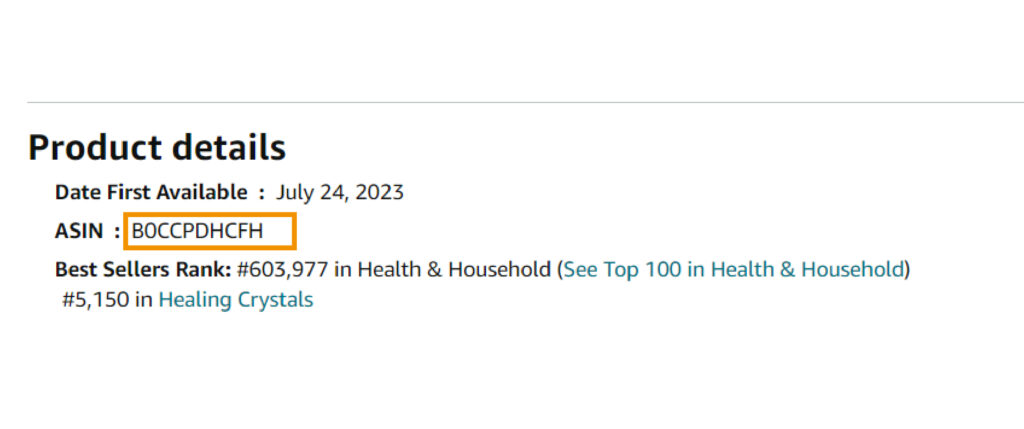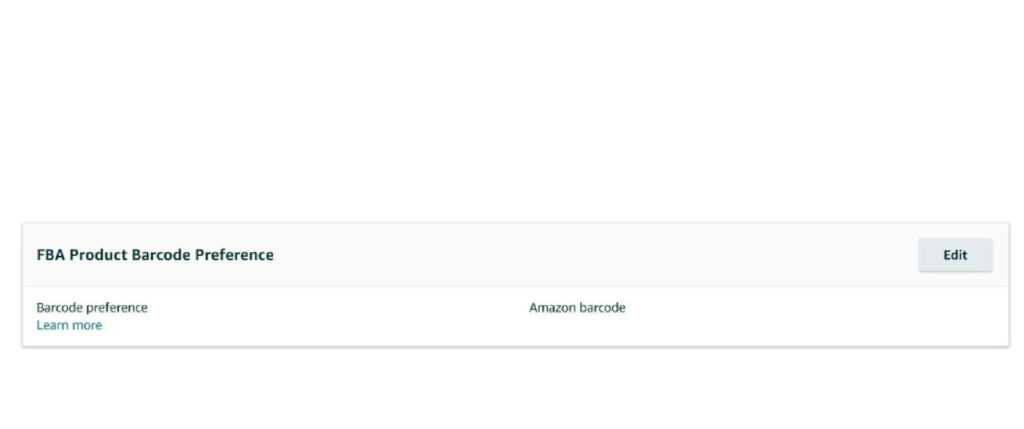Well hello there! Since being one of the leading AI companies in the ecommerce industry, we understand the struggle of joining the fast paste of Amazon jungle. Trying to juggle between production, branding, advertisement and much more; can be both overwhelming and discouraging. That’s why we took it to the basis and created the handbook of Amazon FNSKU.
Let’s go back to basics and take one step at a time!
It is important to understand that while UPC is a global standard for product identification, the FNSKU is specific to Amazon’s fulfillment centers, ensuring products are correctly matched to the seller even if you sell products with the same ASIN.
Since you are using FBA services, it is easier to track inventory from these barcodes instead of UPC services.
Table of Contents
What is Amazon FNSKU?
FNSKU stands for Fulfillment Network Stock Keeping Unit. It is an Amazon only service for the sellers that are using Fulfillment by Amazon (FBA) services.
A unique barcode designed to incorporate your physical product presence to your Amazon Seller Central account.
The purpose of Amazon Fnsku is rather simple. Amazon wants to make sure that there are no mistakes made when an owner makes a sale; which is why they are a requirement.
It is important to understand that while UPC is a global standard for product identification, the FNSKU is specific to Amazon’s fulfillment centers, ensuring products are correctly matched to the correct seller even if you sell products with the same ASIN.
Since you are using FBA services, it is easier to track inventory from these barcodes instead of UPC services.
The Difference between ASIN and FNSKU
Amazon Standard Identification Numbers (ASIN) are a combination of numbers and letters, used to identify products.
As you can see under each item, there is an ASIN part for identification, FNSKU on the other hand serves a similar purpose with citizenship numbers, they let Amazon know about both the product and the owner.
UPC, EAN, and GTIN: Universal Product Codes
UPC (Universal Product Code), EAN (European Article Number), and GTIN (Global Trade Item Number) are universal product codes. These codes are typically on retail products and are not exclusive to any specific platform. They are used by various retailers and marketplaces.
When to Use UPC, EAN, or GTIN
UPC, EAN, and GTIN codes are used when selling on multiple platforms, both online and in physical retail stores. These codes provide a standardized way to identify products globally. They are especially crucial when listing your products on platforms other than Amazon, such as eBay or Walmart.
Each identifier has its advantages and limitations. ASIN and FNSKU simplify selling on Amazon but limit your market reach. UPC, EAN, and GTIN enable you to sell on multiple platforms but require you to manage product identifiers independently.

Importance of Amazon FNSKU
Grasping the significance of the FNSKU can pivot your Amazon selling journey.
Benefits for Sellers
The FNSKU simplifies inventory management, reduces errors in order processing, & protects your product’s authenticity.

Discover How To Supercharge Your Profits From Amazon & Beyond
Tech – unlock more revenue, increase efficiency & maximize profitability with integrated AI solutions
Agency Services – our ex-Amazonian team provides key insights, expertise & handles everything for you from A-Z
3PL Fulfillment Solutions – real-time inventory management connected to Eva tech across Amazon marketplaces
Ensuring Product Authenticity
Having an FNSKU ensures that customers receive the exact product they ordered from a specific seller, minimizing mix-ups & enhancing customer trust.
How to Get Your First Amazon FNSKU
Now that we covered the general idea behind the FNSKU, let’s get into how we can create and take advantage of them.
Registering for an Amazon Seller Account
Start by setting up an Amazon Seller Account. The process is straightforward, with Amazon guiding you through each step.
Listing Your Product
Once registered, list your product. Ensure details are accurate, as this data is crucial for FNSKU generation.
We have covered this topic on a different blog, check it out!
Applying for Amazon FNSKU
After listing, Amazon will automatically generate an FNSKU for your product. So far, so good?
Keep in mind that although you will receive an option between the manufacturer code (UPS) and FNSKU, we advise you to use Amazon’s code to keep a better track on your units and as we mentioned earlier, for some sellers it’s obligatory.

Printing & Applying Amazon FNSKU Labels
With your Amazon SNSKU in hand, the next step is labeling your product. Each unit requires a unique FNSKU registered before Amazon makes them live.
You can ask your supplier to do the labeling by sending them the screenshot of your barcode which you can find by following the steps i will mention at the end.
Amazon offers labeling for you for $0.55 per unit while creating your FBA shipments.
But if you decide to keep the Amazon fee to yourself and take the matters in your hands, make sure to place labels on a flat, visible surface of your product, ensuring they’re easily scannable.
Find the item labels under the Manage Inventory page, choose your product and go to the edit button at the very right of the block and you can simply print your FNSKU labels by clicking on it.
You can also get FNSKU or Item Labels in bulk while creating a shipment so no need to do it manually via “Manage all Inventory.
Also if you choose “Manufacturer Barcode” option while creating the SKU you don’t even need to print FNSKU labels
Conclusion
Amazon FNSKU might seem confusing, but with the right knowledge, and help it becomes much easier. By understanding its significance & mastering its creation, you’re well on your way to Amazon selling success. So, why wait? Dive in & make your mark in the vast Amazon marketplace!








